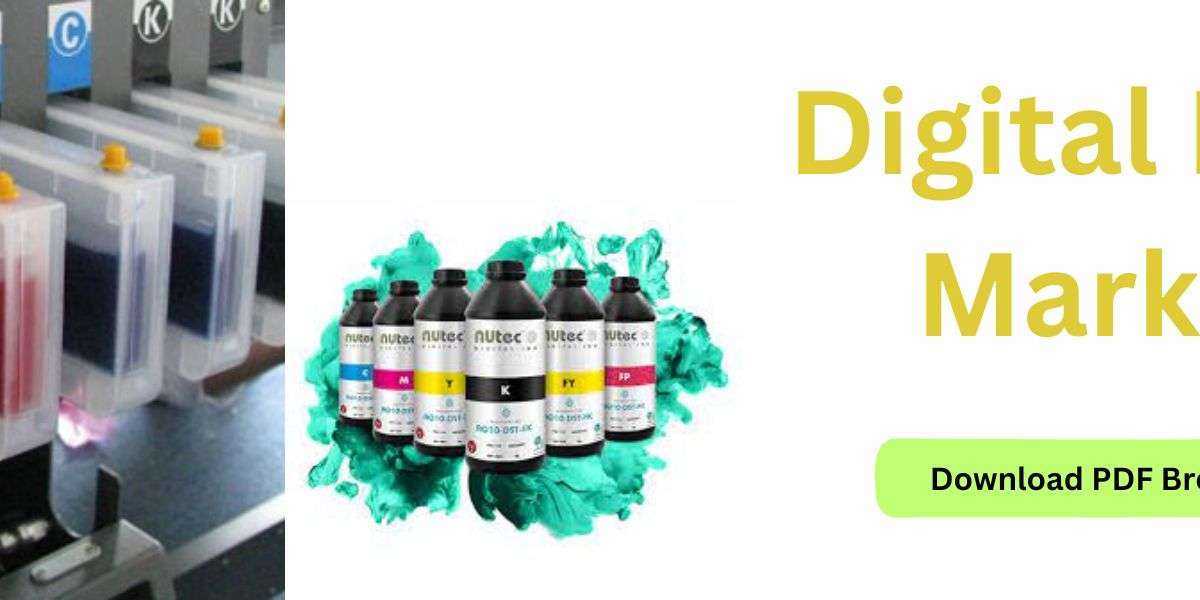Piezoelectric materials play a crucial role in various technological applications, from sensors and actuators to energy harvesting devices. Traditionally, these materials often contained lead-based compounds, raising concerns about environmental and health impacts. In response to these concerns, the market has witnessed a significant shift towards lead-free piezoelectric materials. This article explores the advancements in the Lead-Free Piezoelectric Materials Market, highlighting the key drivers, challenges, and potential applications. The Lead-Free Piezoelectric Materials Market has gained momentum in recent years as industries strive to adopt sustainable and environmentally friendly technologies. Lead-based piezoelectric materials, such as lead zirconate titanate (PZT), have been widely used due to their excellent performance characteristics. However, the toxicity of lead has prompted researchers and manufacturers to seek alternative materials that can offer comparable or superior properties without the environmental drawbacks. Get More Information@ Advancements in Material Science: Researchers and material scientists have made significant strides in developing lead-free alternatives with enhanced piezoelectric properties. Materials like potassium sodium niobate (KNN), bismuth ferrite (BFO), and barium titanate (BT) are emerging as promising candidates for lead-free piezoelectric applications. These materials exhibit good piezoelectric coefficients and mechanical properties, making them suitable for use in a variety of electronic devices. Key Drivers of the Market: 1. **Environmental Regulations:** Stringent environmental regulations and increasing awareness of the harmful effects of lead have driven industries to explore lead-free alternatives. Governments worldwide are imposing restrictions on the use of lead-based materials, creating a conducive environment for the growth of lead-free piezoelectric materials. 2. **Rising Demand for Sustainable Technologies:** The global push towards sustainability has led to an increased demand for eco-friendly materials across industries. Lead-free piezoelectric materials align with this trend, offering a green alternative for applications ranging from automotive sensors to medical devices. 3. **Technological Advancements:** Ongoing research and development efforts have resulted in the discovery of new lead-free materials with improved piezoelectric properties. Innovations in material science, manufacturing processes, and device integration are contributing to the market's growth. Buy Premium Research Report@ Challenges and Opportunities: While lead-free piezoelectric materials present a promising solution, challenges such as lower piezoelectric coefficients and processing complexities need to be addressed. Researchers are actively working to optimize these materials for specific applications and improve their overall performance. As the market matures, opportunities for collaboration and investment in research and development will be essential to overcome these challenges. Applications Across Industries: 1. **Electronics:** Lead-free piezoelectric materials find applications in electronic devices, such as sensors and actuators. Their use in consumer electronics, medical devices, and industrial automation is on the rise. 2. **Energy Harvesting:** The ability of piezoelectric materials to convert mechanical vibrations into electrical energy makes them ideal for energy harvesting applications. Lead-free alternatives contribute to sustainable energy solutions. 3. **Healthcare:** In the healthcare sector, lead-free piezoelectric materials can be utilized in ultrasound devices, imaging technologies, and diagnostic equipment, providing a safer alternative without compromising performance. 4. **Automotive:** The automotive industry is exploring lead-free piezoelectric materials for various applications, including pressure sensors, fuel injectors, and vibration control systems. The Lead-Free Piezoelectric Materials Market is witnessing rapid advancements driven by a growing emphasis on sustainability and environmental regulations. As researchers continue to innovate and overcome challenges, these materials are becoming increasingly viable alternatives to traditional lead-based counterparts. With applications spanning across industries, the market is poised for substantial growth, offering a greener and more sustainable future for piezoelectric technology. Industry stakeholders, researchers, and investors alike stand to benefit from the continued development and adoption of advanced lead-free piezoelectric materials. Read More@ Automatic Power Factor Controller Market Optical Limiter Market Electric Vehicle Inverter Market Contact us: Market Research Future®, 99 Hudson Street, 5Th Floor, New York, New York 10013, United States of America Phone: +1 628 258 0071(US),+44 2035 002 764(UK) Email: sales@marketresearchfuture.com
Buscar
Populares
-
 Navigating Turkey E-Visa Requirements for Philippines Travelers: A Complete Guide
Por Joshpom Perter
Navigating Turkey E-Visa Requirements for Philippines Travelers: A Complete Guide
Por Joshpom Perter -
 BEST YOGA MAT HOLDER WALL MOUNT YOGA MAT STORAGE RACK
Por bestmatrevie
BEST YOGA MAT HOLDER WALL MOUNT YOGA MAT STORAGE RACK
Por bestmatrevie -
 Cool Simple (PUMPKIN Cutting) Thoughts for Great Halloween day
Por justquikr
Cool Simple (PUMPKIN Cutting) Thoughts for Great Halloween day
Por justquikr -
 Everything You Need To Know About myaarpmedicare
Por medicarea
Everything You Need To Know About myaarpmedicare
Por medicarea -
 The Essential features of DLS
Por dlskits
The Essential features of DLS
Por dlskits
Categorías



